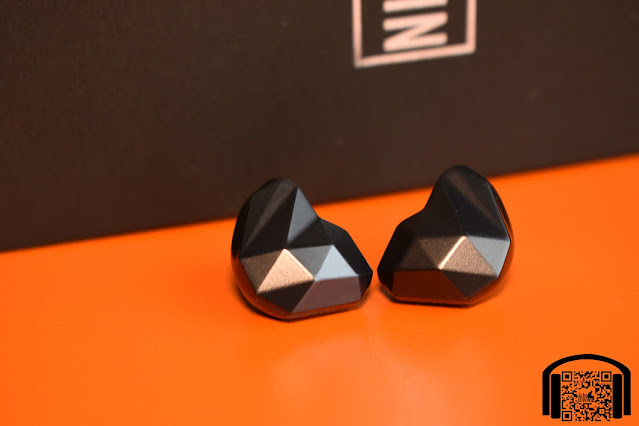- Get link
- X
- Other Apps
English | Español
Also available on YouTube in Spanish: Acho Reviews YouTube
The Tripowin Rhombus have been sent to me by Linsoul in exchange for the publication of this review. They have not made any comments of specific requests and my review will aim to be as sincere and unbiased as possible. However, as always, it is good to consider the fact that I have not paid for these IEMs.
You can find the Tripowin Rhombus via Linsoul here: https://www.linsoul.com/products/tripowin-rhombus
(non-affiliate link as always).
Intro…
I have actually received two sets of Tripowin IEMs from Linsoul, the Rhombus, that I will be talking about today, and the Cencibel, which I haven’t actually listened to yet.
The Rhombus is a hybrid set of IEMs, featuring a single DD and a single BA, coming in at a price that is just under 80€. So these are not an extreme budget set of IEMs but they are not something that can be considered expensive either.
I can’t say that I have had much experience with Tripowin IEMs, in fact, I think I tried another set briefly but the only set that I have reviewed were the Tripowin Leá a set that left me rather confused. Therefore, I was looking forward to listening to something else from the brand.
Unfortunately I can’t say that I have fallen in love with the Rhombus either but we will get to that as we go through my usual review process and sections.
Presentation…
The Rhombus arrive in a simple black cardboard box with Tripowin written on the top. There is no mention of the model except for a small sticker with the barcode and model on the back.
The box opens “flip top” style, to reveal the IEMs sitting in a foam cutout in the top half of the box, with the cable attached and running through some channeled cut outs.
The bottom half of the box has a space where we find two kinds of tips in 3 sizes each, a small carrying pouch (drawstring bag style), the user manual and the coil of the cable.
Nothing to get to passionate about here but there is enough included to not say that there is anything missing.
Build and aesthetics…
The aesthetics of the Rhombus are, I guess, inspired by the rhombus shape, with lots of small shapes that angle and give them quite a modern or even futuristic look. They are finished in what looks like a simple black at first glance but is actually a very dark purple when viewed in better lighting.
The inside of the shells are smoother than the outside, making them more comfortable than I would have thought at first. They are not the most comfortable IEMs I have ever tried but they don’t seem to cause any hotspots over long listening sessions.
The shells themselves are made from “aerospace-grade aluminum” (Tripowins words) but I have to be honest and say that these are the most plastic feeling metal shells that I have experienced in a long time. They are light, however, and that adds to the comfort for those longer listening sessions.
The cable is nothing spectacular but it does its job, it’s also rather lightweight and is very similar (or even identical) to other cables that I have received in the past. The connectors and hardware are metal and in general, it does its job without issue.
Sound…
So I said that the Tripowin Leá left me a little confused, as I didn’t mind the tuning and overall sound but it got a little harsh as soon as the volume was raised. In the case of the Rhombus, I just find it to be a little harsh in general.
Here is the graph of the Rhombus compared to my personal preference (which is by no means something that is obligatory for me to like an IEM) and against the Leá for reference:
Now, straight away, looking at the graph we see that the low end has been raised quite a bit in comparison to the Leá, eliminating that roll off that the Leá presented in the lowest ranges. However, I don’t hear it.
While the measurement would suggest that it is rather present in the low end, I find that the rest of the tuning detracts from that low end presence. It is a bit of a strange sensation, as the low notes are actually there when isolating the lower frequencies but when the rest of the frequencies come into play, the focus is moved dramatically.
For example, with my usual sub bass test, “Chameleon”, there is a fair bit of rumble in those lower notes when the track is just bass focused, yet when the rest of the frequencies start to appear, it is as though those low notes somehow get lost and fade into the background.
With other tracks that focus more in the mid bass ranges, such as “No Sanctuary Here”, there is more of the same. Parts of the tracks that are mostly bass come across as present and well defined in those low ranges, yet in more complete sections, there isn’t as much bass as I would have guessed.
Now this is not necessarily a problem, as I have said many times before, I am not really someone who enjoys overly boosted bass for the most part, and the Rhombus are actually fairly clean and articulate, but it is the higher ranges (especially the higher mids) that push the sound towards something that doesn’t really appeal to me.
I will get to the mids in just a second but their affect on the lower ranges seems to take away the warmth and body that the lower end of guitars and other acoustic instruments should have (and is expected by looking at the graph).
The center of the mids have quite a dip to them which puts even more emphasis on what I feel is an overly present upper mid range. There is quite a boost in the 2 to 4kHz range and, while it does drop away before my dreaded 5kHz mark, it makes things sound overly fragile and thin.
Snare hits can become harsh and even quite painful on occasions (if the recording is already a little too present in these ranges) and voices again sound thin and fragile rather than present. As an example, Alison Kraus in “Down To The River To Pray” lacks warmth and body to her voice, created by the combination of the dip in the mids and the boost in the upper mids.
There is also a metallic touch to the sound which is very reminiscent of some of the older BA or Hybrid models that were known for their “BA timbre”. I am not a huge BA fan, although I have heard some very good BA sets (the Helios still being the best IEM I have heard to date and that is all BA), and the Rhombus encapsulates what it is that I (usually) don’t like about BA drivers.
There is another peak located higher up in the treble range that does give the Rhombus a sensation of good extension and it actually deals with sibilance better than I expected it to do based on the overall signature, but there is still some sibilance in “Code Cool”, which added to the boosted upper mids, can make the song quite uncomfortable.
As far as detail, there is a bit of a false sensation here due to those overly present frequencies, but I can’t say it's terrible. When isolating the lower frequencies, the DD performance is actually pretty good.
The isolation is actually pretty good, better than average, which means that these could be used while out and about without too much issues (at least as far as isolation is concerned).
Conclusion…
I am sorry to say that I haven’t really enjoyed my time with the Tripowin Rhombus. I would really love to only review sets that I like as I much prefer to listen for 4 or 5 days to something I enjoy rather than not. However, I can only say what I feel and the RHombus just aren’t for me.
I don’t necessarily think that the components are bad, I just feel that they either don’t work well together or that they need some polishing as far as their implementation. It is as though the BA driver just takes over the sound and is focused on those upper mids, pushing everything else into the background.
As always, audio is probably one of the most subjective experiences out there (at least when listening to music is concerned), so I have no doubt that there will be some people who enjoy these IEMs. I’m afraid I am just not one of them.
All FR measurements of IEMs can be viewed and compared on achoreviews.squig.link
All isolation measurements of IEMs can be found on achoreviews.squig.link/isolation
To comment or contact, visit any of the following social media platforms:
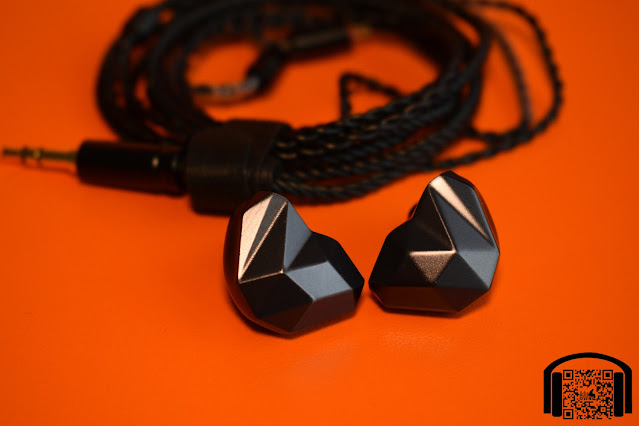
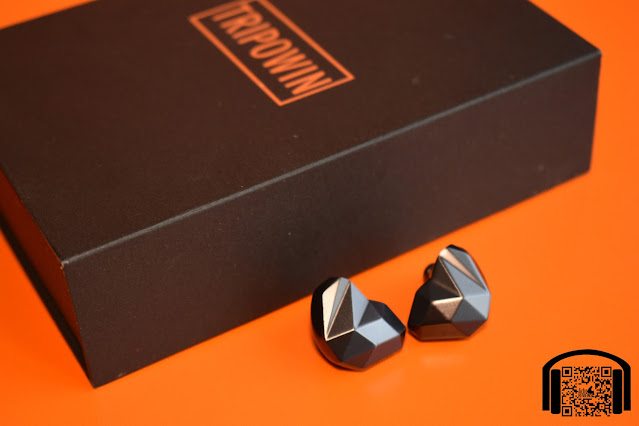
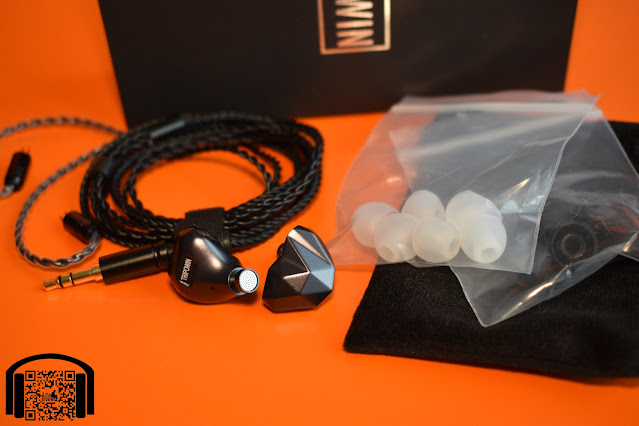

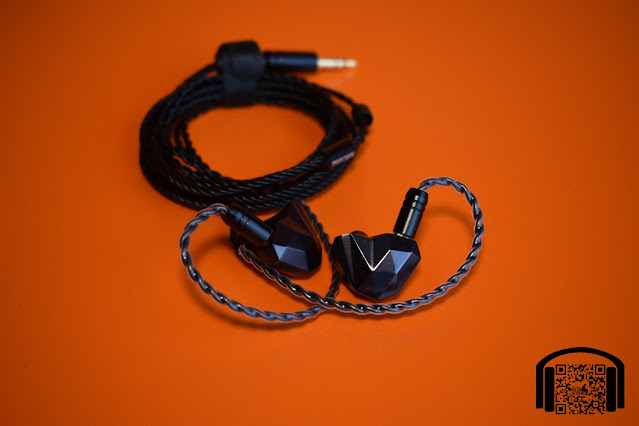
.png)
.png)
